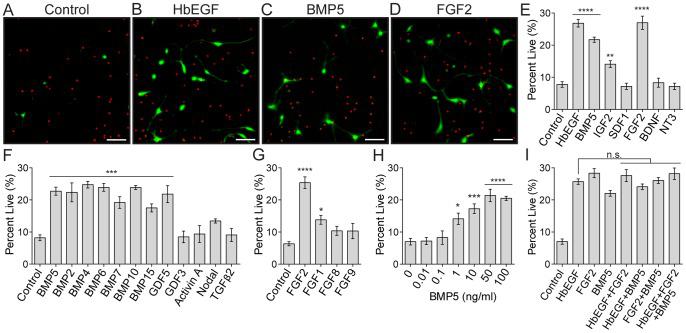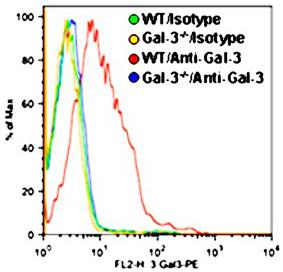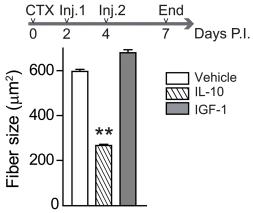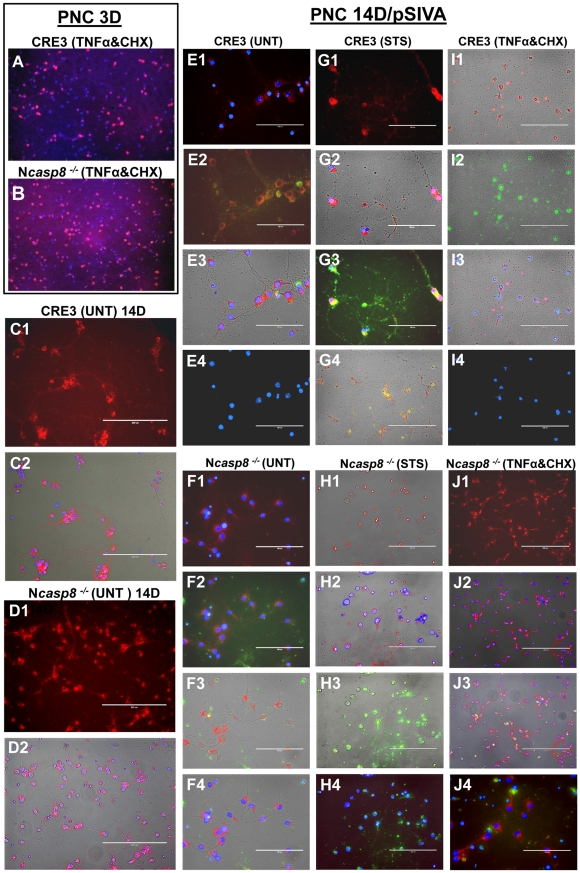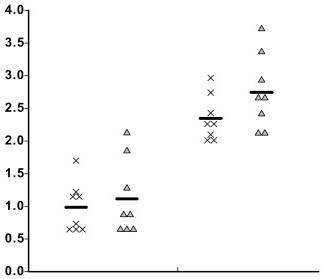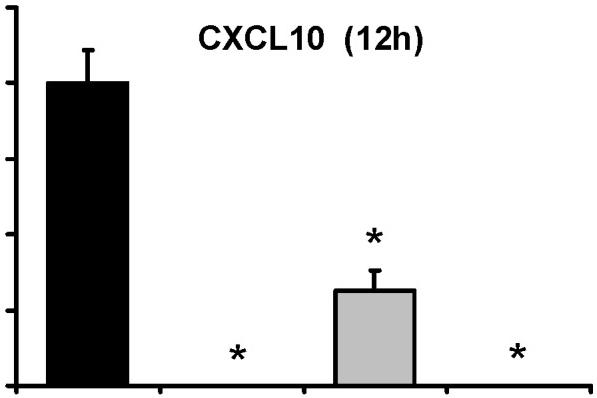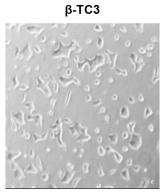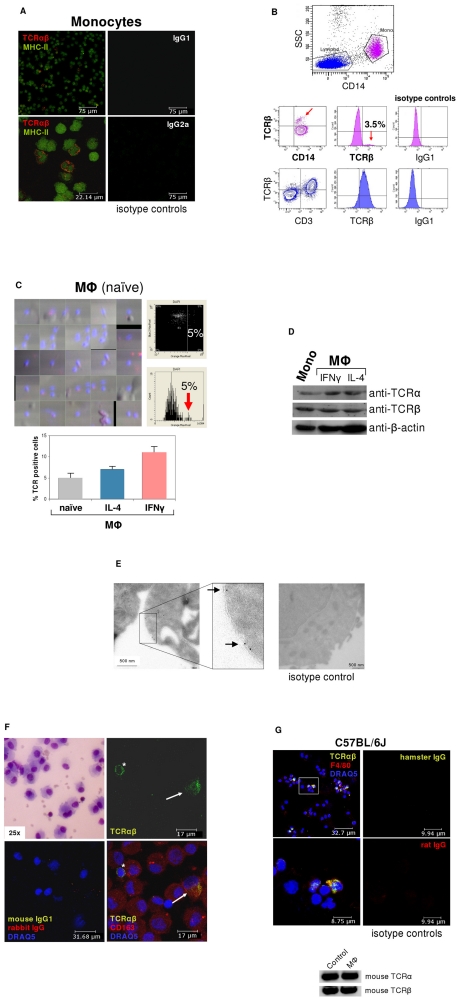Mouse acidic Fibroblast Growth Factor Recombinant
Category: Recombinant Mouse Cytokines$70.00 – $1,350.00
Description
Accession
P61148
Source
Optimized DNA sequence encoding Mouse acidic FGF mature chain was expressed in Escherichia Coli.
Molecular weight
Native Mouse aFGF, generated by the proteolytic removal of the signal peptide and propeptide, the moleculte has a calculated mass of kDa. Recombinant FGF acidic is a monomer protein consisting of 141 amino acids and migrates as an approximately 16 kDa protein under reducing and non-reducing conditions.
Purity
>95%, as determined by SDS-PAGE and HPLC
Biological Activity
The ED50 as determined by thedose-dependent stimulation of thymidine uptake by BaF3 cells expressing FGF receptors is ≤ ng/ml, corresponding to a specific activity of ≥ x units/mg.
Protein Sequence
MAEGEITTFA ALTERFNLPL GNYKKPKLLY CSNGGHFLRI LPDGTVDGTR DRSDQHIQLQ LSAESAGEVY IKGTETGQYL AMDTEGLLYG SQTPNEECLF LERLEENHYN TYTSKKHAEK NWFVGLKKNG SCKRGPRTHY GQKAILFLPL PVSSD
Endotoxin
Endotoxin content was assayed using a LAL gel clot method. Endotoxin level was found to be less than 0.1 ng/µg(1EU/µg).
Presentation
Recombinant mouse aFGF was lyophilized from a 0.2 μm filtered PBS solution.
Reconstitution
A quick spin of the vial followed by reconstitution in distilled water to a concentration not less than 0.1 mg/mL. This solution can then be diluted into other buffers.
Storage
The lyophilized protein is stable for at least years from date of receipt at -20° C. Upon reconstitution, this cytokine can be stored in working aliquots at2° -8° C for one month, or at -20° C for six months, with a carrier protein without detectable loss of activity. Avoid repeated freeze/thaw cycles.
Usage
This cytokine product is for research purposes only.It may not be used for therapeutics or diagnostic purposes.
Biological Process
Biological Process
Molecular function
Molecular function
Molecular function


